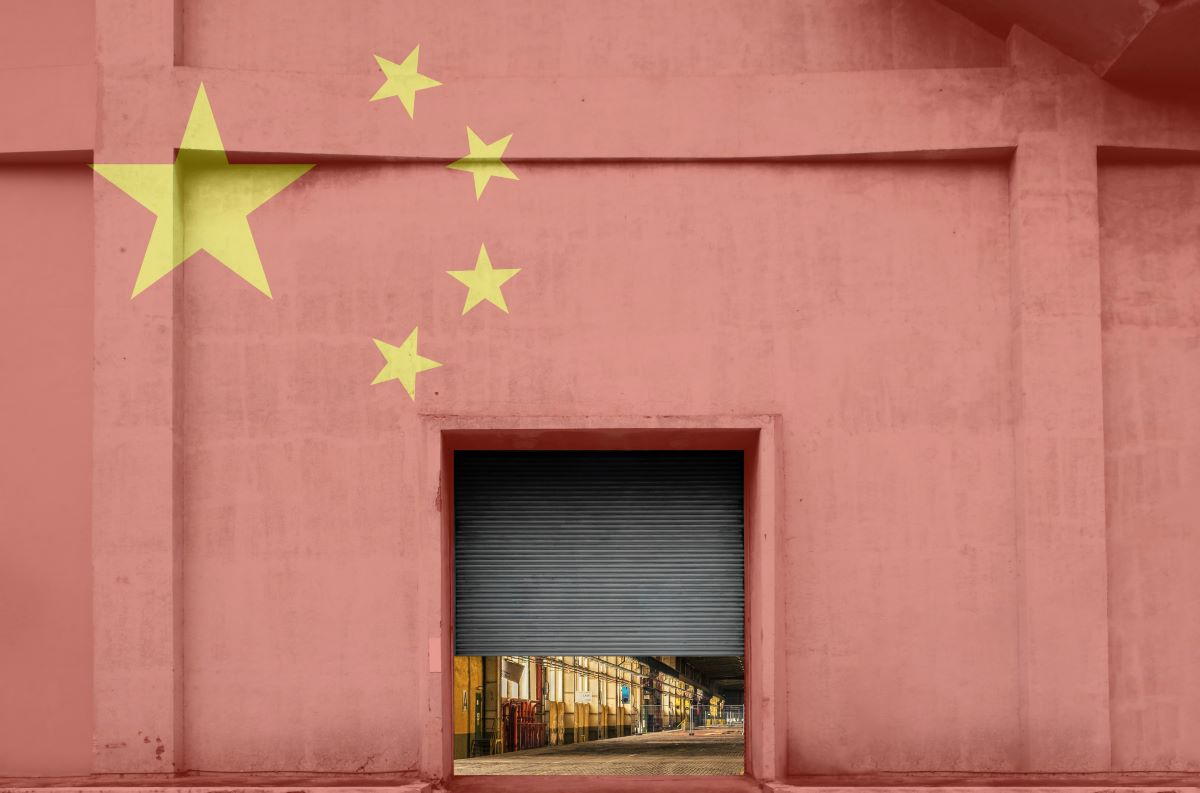Economic activity in China is picking up pace after the country reopened from the Covid-19 restrictions late last year. Recent official data indicated that consumption, manufacturing output and infrastructure investments have helped drive recovery despite the global economic slowdown. As the recovery is on track, and long-term growth prospects remain intact, investing in a China ETF at current valuations might provide investors with good returns as Beijing extends a helping hand to troubled sectors.
When it comes to Chinese equities, there are several share classes that investors can choose from. A-shares are traded in local currency and listed on either Shanghai or Shenzhen exchange. B-shares and H-shares trade in foreign currency, while H-shares are also listed outside of mainland China.
Historically, the onshore Chinese market has been mostly off-limits to foreign investors. Before 2003, foreigners could only trade H-shares listed in Hong Kong. However, the government has been easing restrictions ever since, cancelling quotas for Qualified Foreign Institutional Investor (QFII) and RMB Qualified Foreign Institutional Investor (RQFII) programmes in 2020.
Furthermore, the expansion of the stock connect and bond connect schemes by Beijing indicates China wants higher foreign participation in its capital markets. China ETFs can provide diversified exposure to securities listed in the country while taking on fewer risks when compared to individual assets.
Access to the A-shares market is significant. Between the two onshore exchanges, the Shanghai Stock Exchange and the Shenzhen Stock Exchange, the total market cap of stocks listed represents the second-largest equity market in the world. In fact, A-shares account for 70% of the market capitalisation of all Chinese listed stocks and offer meaningful diversification benefits, primarily due to the low proportion of institutional ownership.
The easiest way for investors to gain exposure to the Chinese A-shares market is through a China A-shares ETF. In this article, we explore three prominent China ETFs and their distinct exposure profiles – one of which is a pure China A Shares ETF. All the ETFs mentioned below are listed in the US.
iShares MSCI China ETF (MCHI)
Launched in 2011, iShares MSCI China ETF tracks the performance of the MSCI China Index. The MSCI China Index has a cap on the inclusion of A-shares, using a 20% inclusion factor. This results in a somewhat sector-concentrated portfolio, heavily skewed towards Consumer Discretionary, Communication Services and Financials.
As of March 15, MCHI had over $8.1 bn in assets under management (AUM). With more than 600 holdings, the portfolio is exposed to some of the largest companies in China. The top holding is Tencent (13.43%), followed by Alibaba (7.63%), Meituan (4%), China Construction Bank Corp (3.05%) and PDD Holdings (2.27%). As of March 14, the price-to-earnings ratio for MCHI was 11.50.
MCHI clarifies that it does not seek to follow a sustainable, impact ESG investment strategy, purely focusing on China equity. Since its inception, the fund has given total returns of 1.44%, whereas, in the past 1 year, the China ETF has declined 22.53%.
The ETF has an expense ratio of 0.58% per year and claims to provide targeted access to 85% of the Chinese stock market.
Xtrackers Harvest CSI 300 China A-Shares Fund (ASHR)
The Xtrackers Harvest CSI 300 China A-Shares Fund was the first U.S.-listed ETF providing exposure to the onshore Chinese market. ASHR tracks the CSI 300 index, which includes 300 largest and most liquid A-shares listed on both, Shanghai and Shenzhen exchanges. Compared to the MSCI China Index, tracking the CSI 300 offers investors pure A-shares exposure, excluding any shares listed outside of the mainland markets.
As of March 15, ASHR had roughly $2.5 bn in AUM. It provides diversified exposure to China A-shares. Alcoholic beverage maker Kweichow Moutai Co is the largest holding of the fund at 5.73%. Other holdings include CATL (2.98%), Ping An Insurance (2.60%), China Merchants Bank (2.25%) and Wuliangye Yibin (1.95%), among others.
On the sectoral front, Financials saw the highest allocation at 20.44%, followed by Industrials (16.57%), IT (15.32%) and Consumer Staples (14.75%), which make up nearly 70% of the fund portfolio.
The China ETF charges a net expense ratio of 0.65% per year, and ASHR is a good option for investors looking to add pure A-shares exposure to their portfolios.
KraneShares CSI China Internet ETF (KWEB)
Lastly, we would like to introduce a particular ETF that does not offer exposure to the A-share market but is very sector-specific. Established in 2013, the KraneShares CSI China Internet ETF provides exposure to China-based software and information technology stocks, which are listed either on Hong Kong Stock Exchange, NASDAQ, or the New York Stock Exchange.
KWEB tracks the CSI China Overseas Internet Index, which includes publicly traded Chinese companies listed in the United States and Hong Kong. Relative to the other two ETFs that mainly offer large-cap exposure, KWEB holds a number of small and mid-cap stocks.
As of March 15, KWEB had roughly $5.7 bn in AUM while holding only 34 companies. The Top 10 holdings make up more than 60% of the portfolio. With a total annual fund operating expense of 0.69%, KWEB offers investors an interesting play in China’s technology companies.
Different flavours of China ETF
While all funds have a compelling proposition, each will likely appeal to a different type of investor. The Xtrackers Harvest CSI 300 China A-Shares Fund offers pure exposure to the Chinese A-share market. The iShares MSCI China ETF tracks a much broader MSCI China Index, while the KraneShares CSI China Internet ETF is dedicated to offshore internet exposure.
There are some other China ETFs as well which have nuanced portfolios. To name a few, iShares China Large-Cap ETF, SPDR S&P China ETF, Invesco China Technology ETF, and WisdomTree China ex-State-Owned Enterprises Fund, among several others.










 Australia
Australia China
China India
India Indonesia
Indonesia Japan
Japan Malaysia
Malaysia Philippines
Philippines Singapore
Singapore South Korea
South Korea Taiwan
Taiwan Thailand
Thailand Vietnam
Vietnam
 Germany
Germany USA
USA Switzerland
Switzerland Singapore
Singapore
 United Kingdom
United Kingdom






